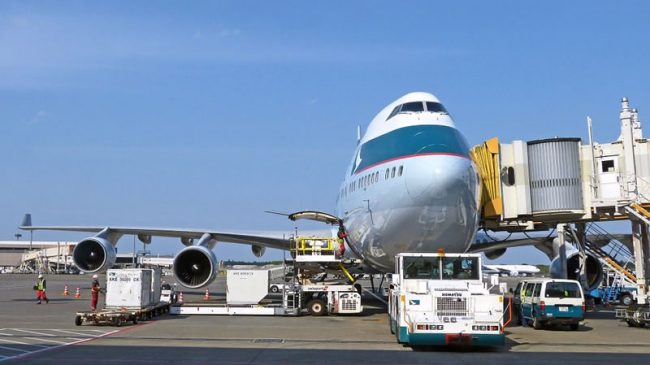Last week, the White House released its principles for reforming the air traffic control system. They call for taking the existing Air Traffic Organization out of the Federal Aviation Administration (FAA) and reorganizing it as a nonprofit corporation, funded directly by fees for its services and governed by a board of aviation stakeholders. There are many reasons why this is a good idea. Air traffic control is a 24/7 high-tech service business currently embedded in a tax-funded government bureaucracy, which has led to a number of predictable consequences.
First, the technology FAA uses to manage air traffic is increasingly outdated, and our system now lags behind other large air traffic control systems, including those in Australia, Britain, Canada, Germany and other countries. The Department of Transportation’s Inspector General cites the failure of reforms enacted by Congress to fix these problems. Our new air traffic technology takes so long to develop that some of it is obsolete by the time it reaches the field – and is often grossly over budget.
Second, the Air Traffic Organization is hamstrung in its modernization efforts because it is unable to issue long-term revenue bonds, as airports and other utilities do. Instead, it must try to fund facilities and equipment in dribs and drabs, out of annual appropriations it can never be sure of receiving in today’s politicized federal budget process.
Third, our system retains a troubling conflict of interest – self-regulation – as the FAA is both the aviation safety regulator and the operator of the air traffic system. Since 2001, the International Civil Aviation Organization (ICAO) has recommended arm’s-length separation between air traffic control and safety regulation – and the U.S. is the last major country not in compliance.
Fourth, the users of the air traffic control system have little incentive to demand better performance, since they are not actually its customers. The users (or their passengers) pay aviation taxes to the U.S. Treasury, and what Congress spends on air traffic control may be more or less than the amounts collected in aviation taxes. And that spending is subject to limits imposed by the Office of Management and Budget, along with “black swan” events like budget sequestration and government shutdowns.
None of those problems afflict the air traffic systems of some 60 other countries that have been “corporatized” over the last 30 years. They are separated from their safety regulators, usually at arm’s length. All are funded by fees paid by their aviation customers, based on the services they use. And those user fees comply with widely accepted charging principles set forth by ICAO. Most air traffic control corporations finance their major capital modernization efforts by issuing revenue bonds, and the larger corporations have investment-grade bond ratings.
Of all the air traffic control corporations worldwide, the one that stands out for many transportation experts is Nav Canada, the world’s second-largest air traffic system. Instead of being a government corporation like most of the others, it is a non-profit, private company governed by a board that is nominated by the principal aviation stakeholders – airlines, private aviation, employees and the government. Thanks to having devised a truly results-oriented corporate culture, Nav Canada is spending (relative to its size) half of what FAA spends on facility and equipment modernization -yet has in place technologies that U.S. controllers long for, such as electronic flight progress strips in place of paper ones and nationwide digital communications between pilots and controllers.
And the customer-provider nexus created by the customers paying directly for air traffic control services means customers have a strong incentive to demand value for the fees they pay. The results are impressive. Since 1997, the FAA’s unit cost of air traffic control service has increased by 66 percent. Over the same period, Nav Canada’s has declined, with its inflation-adjusted fees now 40 percent lower than the Consumer Price Index. Nav Canada’s cost per controlled flight hour is 26 percent lower than FAA’s, despite having a much smaller number of customers.
Converting the Air Traffic Organization into a self-supported, non-profit corporation has been proposed many times, most seriously as part of the Clinton administration’s reinventing government efforts in the 1990s. Past efforts have failed, due in part to lukewarm aviation support and opposition from congressional appropriators who would lose some of their control. Today is different – airlines and the air traffic controllers’ union are on board, as are President Trump and Transportation Secretary Elaine Chao.
This much-needed reform is long overdue. It’s time the U.S. joined the global consensus that air traffic control is a high-tech business serving fee-paying customers.

